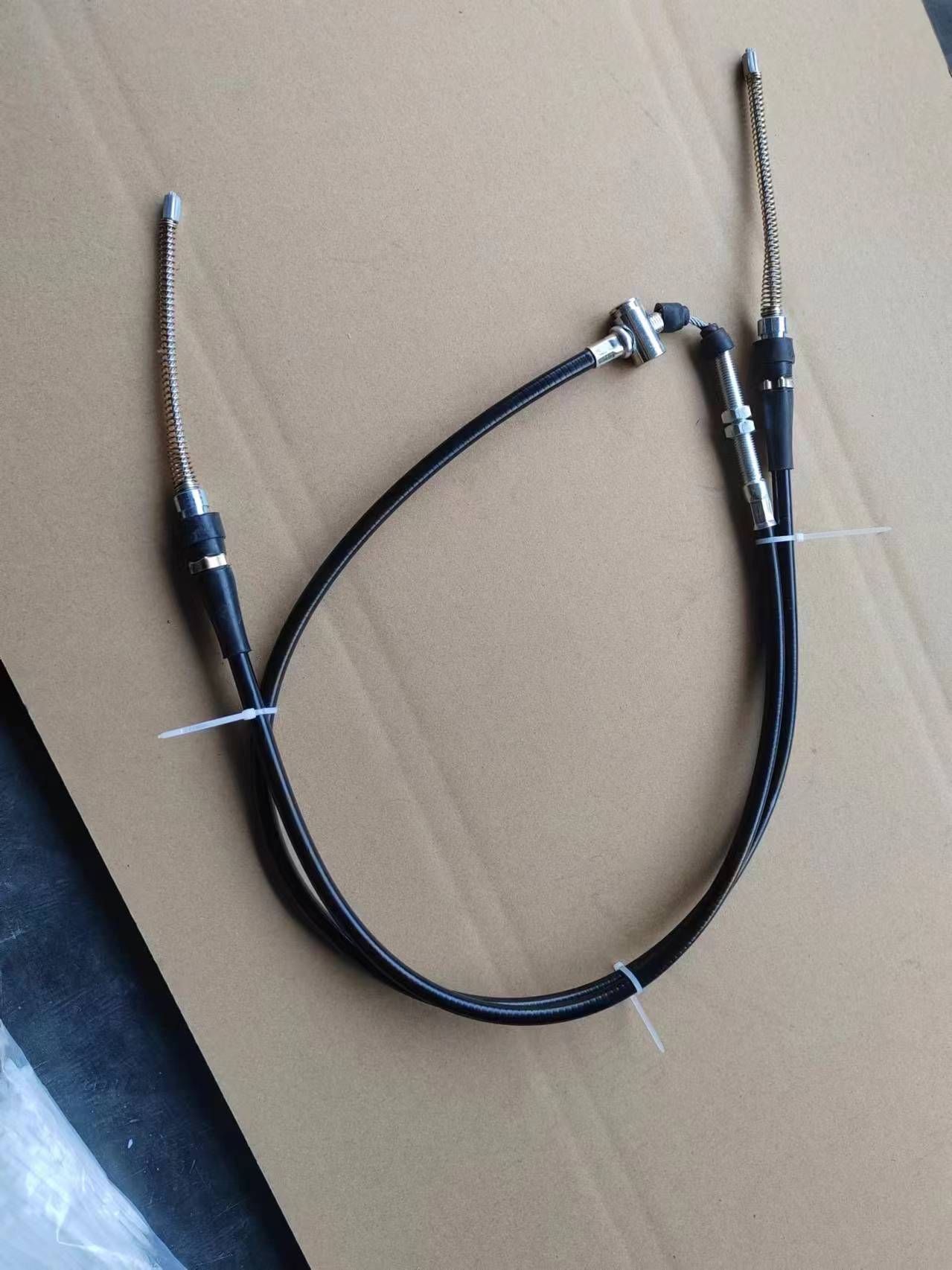rear handbrake cable
Understanding the Rear Handbrake Cable Function, Issues, and Maintenance
The rear handbrake cable, often referred to simply as the handbrake cable, is a critical component in a vehicle's braking system, specifically for the rear wheels. It serves to engage the vehicle's rear parking brakes, providing the driver with a method to securely hold the car in place when parked. While the handbrake may seem like a straightforward mechanism, understanding its function, potential issues, and maintenance can significantly contribute to your vehicle's safety and longevity.
Function of the Rear Handbrake Cable
The rear handbrake cable operates through a simple yet effective mechanism. When a driver pulls on the handbrake lever, the cable activates the rear brake mechanism—usually either a drum brake or a disc brake with an integrated parking brake system. This action locks the rear wheels, preventing the vehicle from rolling away, especially on inclines. The cable runs from the handbrake lever in the cabin to the rear brake assemblies, maintaining tension to ensure a reliable connection.
Common Issues with the Handbrake Cable
Though designed for durability, the handbrake cable can experience several common issues over time
1. Cable Stretching Frequent use of the handbrake can lead to the stretching of the cable, which may require adjustments to maintain effective braking.
2. Corrosion If the vehicle is primarily used in environments with rain, snow, or road salt, corrosion can develop on the cable. This deterioration can lead to cable failure and render the handbrake ineffective.
3. Fraying The cable can wear out or fray due to continuous friction and exposure to elements. This fraying poses a significant safety risk, as it can lead to complete cable failure.
4. Disconnection The cable can become disconnected from the handbrake lever or the brake mechanism due to improper installation or wear and tear, leading to a total loss of handbrake functionality.
Signs of Issues
rear handbrake cable

Identifying issues with the rear handbrake cable early can prevent more significant problems. Here are some signs that may indicate a problem
- Increased Force Needed If the handbrake lever requires extra force to engage, it may indicate cable stretching or fraying. - Cable Noise Unusual noises like squeaking or grinding when the handbrake is pulled may suggest that the cable is sticking or wearing out.
- Ineffective Braking If the rear wheels do not lock when the handbrake is engaged, this is a clear signal that the cable is not functioning correctly
.Maintenance Tips
Regular maintenance can prolong the life of the handbrake cable and ensure the safety of your vehicle. Here are some tips
1. Regular Inspections Periodically check the handbrake cable for signs of wear, corrosion, or fraying. Look for any rust or damage that may hint at impending failure.
2. Keep it Lubricated Applying lubricant to the cable periodically can reduce friction and help prevent corrosion.
3. Avoid Overuse While it's essential to use the handbrake, avoid relying on it too heavily in situations where it is not needed, such as during short stops.
4. Professional Check-Up During routine vehicle maintenance, request that a mechanic inspects the handbrake cable and associated components to ensure everything is functioning correctly.
Conclusion
The rear handbrake cable is a small but vital element of a vehicle's safety system, ensuring that it remains stationary when parked. Understanding its function, recognizing the signs of potential problems, and adhering to regular maintenance practices are essential for the reliability of your handbrake. By taking proactive steps, drivers can safeguard their vehicles against unwanted rollaways and ensure overall safety on the road.
-
Upgrade Your Control with Premium Throttle CablesNewsAug.08,2025
-
Stay in Control with Premium Hand Brake CablesNewsAug.08,2025
-
Experience Unmatched Performance with Our Clutch HosesNewsAug.08,2025
-
Ensure Safety and Reliability with Premium Handbrake CablesNewsAug.08,2025
-
Enhance Your Vehicle with High-Performance Clutch LinesNewsAug.08,2025
-
Elevate Your Ride with Premium Gear CablesNewsAug.08,2025
